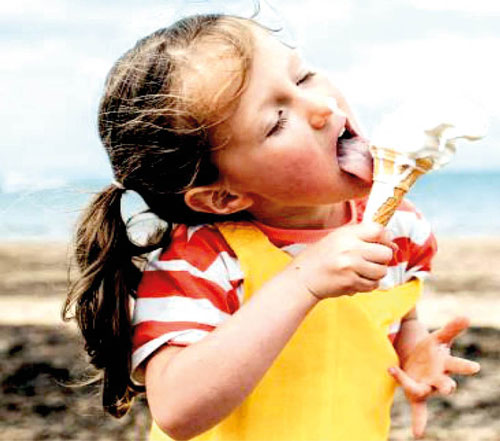New research presented at the fall meeting this week of the American Chemical Society may have cracked the vanilla code, providing a potential path to making a convincing artificial vanilla flavoring.
How did they do it? And do we even understand what “flavor” means? In it, researchers used a technique called untargeted flavoromics to find out which chemicals in vanilla people most liked.
“Flavoromics can identify the overall connections and interactions of flavor compounds and other molecules, directly and indirectly, relating to flavor,” Joonhyuk Suh, PhD, an assistant professor of food science and technology at the University of Georgia, told Healthline.
Suh explained that statistical modeling, sensory evaluation, and even machine learning can all be used together to determine how different chemicals work in concert to create a specific sensory experience, such as the experience of vanilla flavor.
The concept behind flavoromics isn’t new and experts consider it to be a valid tool. Emily Mayhew, PhD, an assistant professor of food science and human nutrition at Michigan State University, told Healthline, “It’s very common in the food industry to link ‘liking’ to specific sensory properties. If you work on ice cream you might want to know if its creaminess makes people like it more or like it less.
This is just taking it one step further to find the specific molecules in the food that are driving the liking.” This study revealed 20 compounds that together determined whether people generally liked a particular vanilla extract.
Bartoshuk, PhD, a professor of Food Science and Human Nutrition and the Director for Psychophysical Research at the University of Florida Center for Smell and Taste, told Healthline that flavor might not be what you think it is.
“A dictionary will probably tell you flavor is some kind of integration between taste and olfaction. That’s actually not correct,” Bartoshuk said.
“The problem is language. If I say I taste sugar, you don’t have any trouble understanding what I mean.
Same thing if I say I smell cinnamon. But what happens if I tell you I flavor cinnamon? We don’t have a verb for the perception of flavor, so we borrow taste,” Bartoshuk said.
“We have receptors on our tongue to detect sweet, salty, sour, bitter, and umami; and there’s growing acceptance for fat as a basic taste as well,” said Mayhew.
“If I hand you a bowl of ice cream and I ask what flavor it is, would you say ‘sweet?’ No, you’d say ‘vanilla.’
Intuitively you know the difference between taste and flavor,” Bartoshuk said. “When you chew and swallow, odors enter your mouth and go up through a space called the retronasal space.









